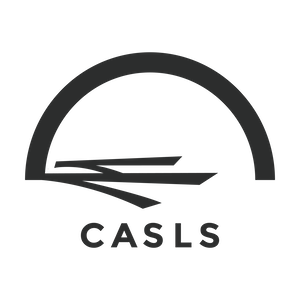View Content #22433
| Contentid | 22433 |
|---|---|
| Content Type | 3 |
| Title | NCSSFL-ACTFL Can-Do Statements: Growth, Change, and Looking to the Future |
| Body | Ruta Couet is retired from the South Carolina Department of Education, and Jacqueline Van Houten is working for Jefferson County Public Schools in Kentucky. Both serve as NCSSFL-ACTFL Task Force members. The publication of the 2013 NCSSFL-ACTFL Can-Do Statements provided a formidable tool to world language learners and their educators to promote self-assessment, autonomous learning, goal setting, and reflection. Learners asked themselves crucial questions in earnest: What am I learning? Why am I learning it? How am I learning it? How can I demonstrate my learning? What am I going to do next? Although they embraced it with great enthusiasm, learners and educators sometimes had difficulty seeing what specific statements could look like at subsequent proficiency sublevels. The features of performance, i.e., context, text type, accuracy and function in each of the modes of communication were not consistently delineated across five levels of Novice through Distinguished proficiency, leaving learners to hypothesize the performance demands of each proficiency sublevel. While working on a new set of Can-Do Statements for intercultural communicative competence, the NCSSFL-ACTFL Task Force attempted to develop statements that morphed from Novice all the way to Distinguished to give learners a clear road map on how cultural communicative competency grew based on the level of language proficiency. Educators who participated in the field review enthusiastically embraced this approach. As a result, another NCSSFL-ACTFL Task Force took on the job of revising the language can-do statements to follow the pattern of the can-do statements for intercultural communicative competence. The revised language Can-Do Statements will not be a radical departure from the original version; however, they will fill in some of the aforementioned gaps.
For years, the language profession has lauded the benefits of “real world tasks” with varying degrees of success -- partly due to wide interpretation of such tasks. The revised language can-do benchmarks and indicators are intended to elucidate interpretation by offering a clear progression of each performance one sublevel at a time, across all sublevels. Learners and educators alike will be able to see how a given task grows in complexity across all of the proficiency sublevels. Like the original language can-do statements, the revised statements are not a curriculum, but rather serve as examples to be adapted in any K-20 language program or for personal use. The customized can-do statements (I can…) emphasize this option for adaptation and remain a cornerstone of the revised document. It is the hope of the task force that the revised NCSSFL-ACTFL language Can-Do Statements will empower learners to self-assess their own consistent performance over time rather than serve as a checklist for one-time successful completion of a specific task. |
| Source | CASLS Topic of the Week |
| Inputdate | 2017-01-12 11:19:24 |
| Lastmodifieddate | 2017-01-23 04:00:18 |
| Expdate | Not set |
| Publishdate | 2017-01-23 02:15:04 |
| Displaydate | 2017-01-23 00:00:00 |
| Active | 1 |
| Emailed | 1 |
| Isarchived | 0 |
